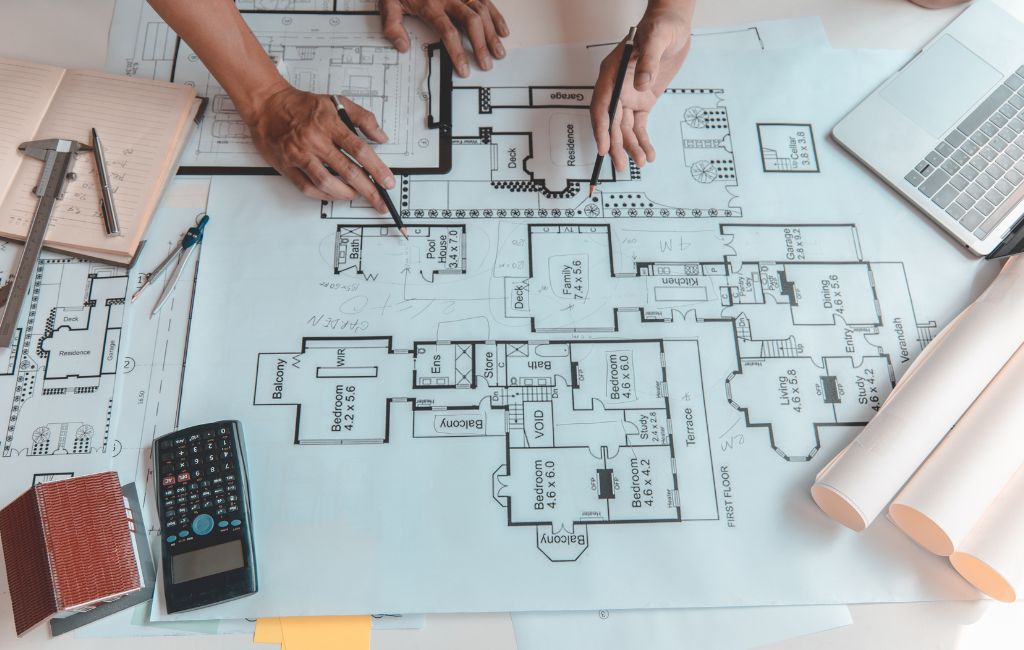Architect: Crafting Innovative Spaces for Contemporary Needs
In an era where urbanization and technological advancements are rapidly transforming our living environments, architects play a pivotal role in shaping spaces that meet contemporary needs. This article explores how architects are innovating to create functional, sustainable, and aesthetically pleasing spaces that cater to modern lifestyles.
The Role of Architects in Modern Society
Architects are not just designers; they are visionaries who blend art and science to create spaces that enhance the quality of life. Their work impacts various aspects of daily living, from residential homes to commercial buildings and public spaces.
Key Responsibilities
- Designing functional and aesthetically pleasing structures
- Ensuring sustainability and energy efficiency
- Adhering to safety and regulatory standards
- Collaborating with clients, engineers, and contractors
Innovative Design Approaches
Modern architects are embracing innovative design approaches to address the evolving needs of society. These approaches often incorporate advanced technologies and sustainable practices.
Smart Buildings
Smart buildings integrate technology to enhance the efficiency and comfort of occupants. Features such as automated lighting, climate control, and security systems are becoming standard in contemporary architecture.
Sustainable Architecture
Sustainability is a key focus in modern architecture. Architects are increasingly using eco-friendly materials and designing buildings that minimize environmental impact. Green roofs, solar panels, and rainwater harvesting systems are common features in sustainable designs.
Adaptive Reuse
Adaptive reuse involves repurposing existing structures for new uses. This approach not only preserves historical buildings but also reduces the environmental impact of new construction. Examples include converting old factories into residential lofts or transforming warehouses into office spaces.
Case Studies of Innovative Architectural Projects
Several architectural projects around the world exemplify innovative design and functionality. These case studies highlight how architects are pushing the boundaries of traditional design.
The Edge, Amsterdam
The Edge in Amsterdam is often cited as one of the smartest buildings in the world. It features a highly efficient energy management system, extensive use of natural light, and a design that promotes collaboration and flexibility among its occupants.
One Central Park, Sydney
One Central Park in Sydney is a prime example of sustainable architecture. The building features a vertical garden that covers its façade, providing natural insulation and improving air quality. It also incorporates renewable energy sources and water recycling systems.
High Line, New York City
The High Line in New York City is an innovative example of adaptive reuse. This elevated park was created from a disused railway line, transforming it into a vibrant public space that attracts millions of visitors each year.
The Impact of Technology on Architecture
Technology is revolutionizing the field of architecture, enabling architects to design and construct buildings with greater precision and efficiency.
Building Information Modeling (BIM)
BIM is a digital representation of the physical and functional characteristics of a building. It allows architects to create detailed 3D models, facilitating better collaboration and decision-making throughout the design and construction process.
3D Printing
3D printing is being used to create complex architectural models and even construct entire buildings. This technology offers significant advantages in terms of speed, cost, and customization.
Virtual Reality (VR)
VR technology enables architects to create immersive experiences for clients, allowing them to explore and interact with a virtual model of a building before it is constructed. This enhances the design process and helps clients make informed decisions.
Challenges and Opportunities
While architects have numerous tools and technologies at their disposal, they also face several challenges in their quest to create innovative spaces.
Urbanization
Rapid urbanization presents both challenges and opportunities for architects. They must design spaces that accommodate growing populations while maintaining quality of life and sustainability.
Climate Change
Climate change is a significant concern for architects. They must design buildings that can withstand extreme weather conditions and contribute to reducing carbon emissions.
Affordability
Creating affordable housing is a pressing issue in many cities. Architects must find ways to design cost-effective buildings without compromising on quality or sustainability.
Conclusion
Architects are at the forefront of creating innovative spaces that meet the needs of contemporary society. By embracing new technologies and sustainable practices, they are transforming the built environment in ways that enhance functionality, aesthetics, and environmental responsibility. As urbanization and technological advancements continue to shape our world, the role of architects will remain critical in crafting spaces that improve our quality of life.
